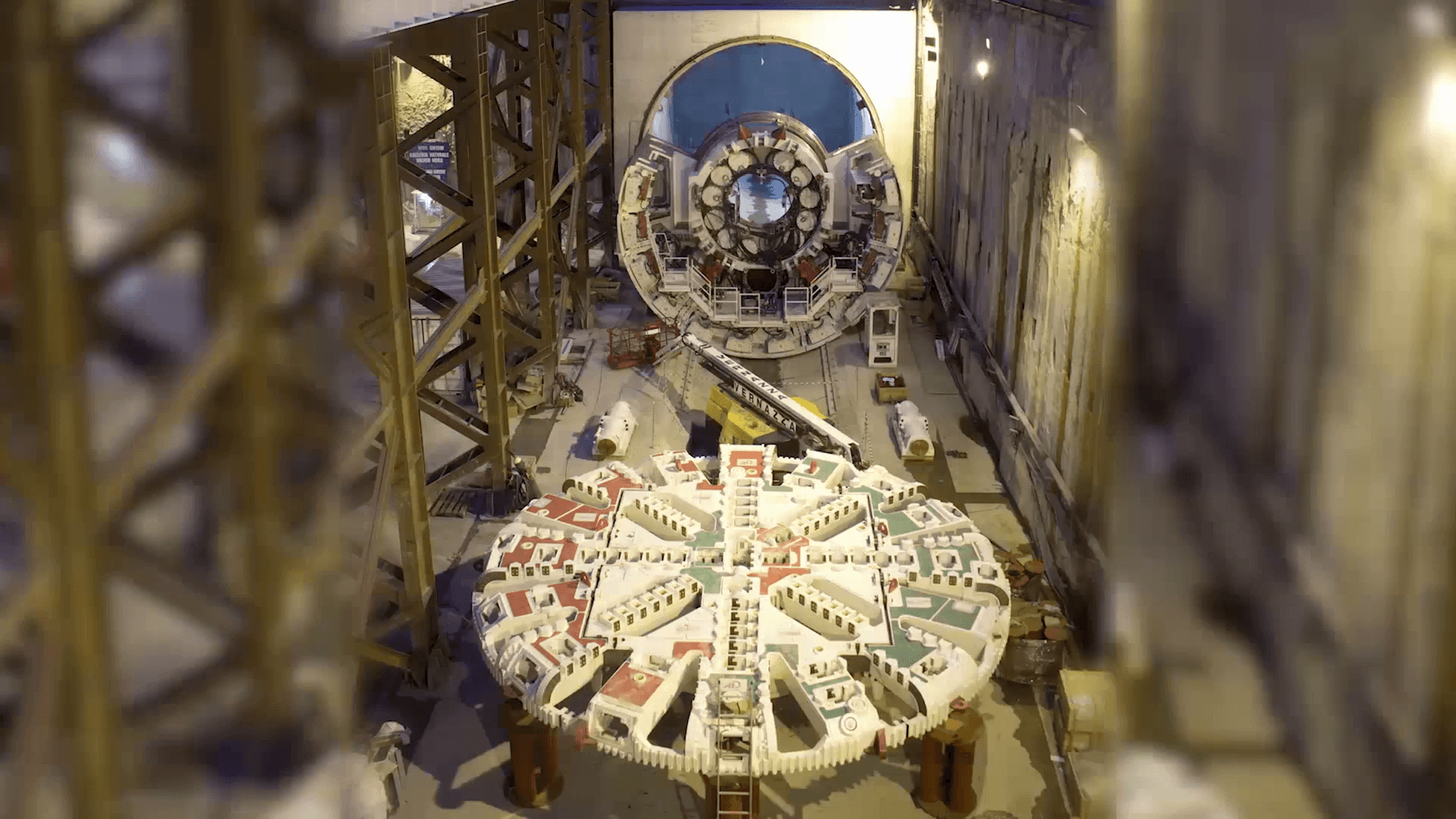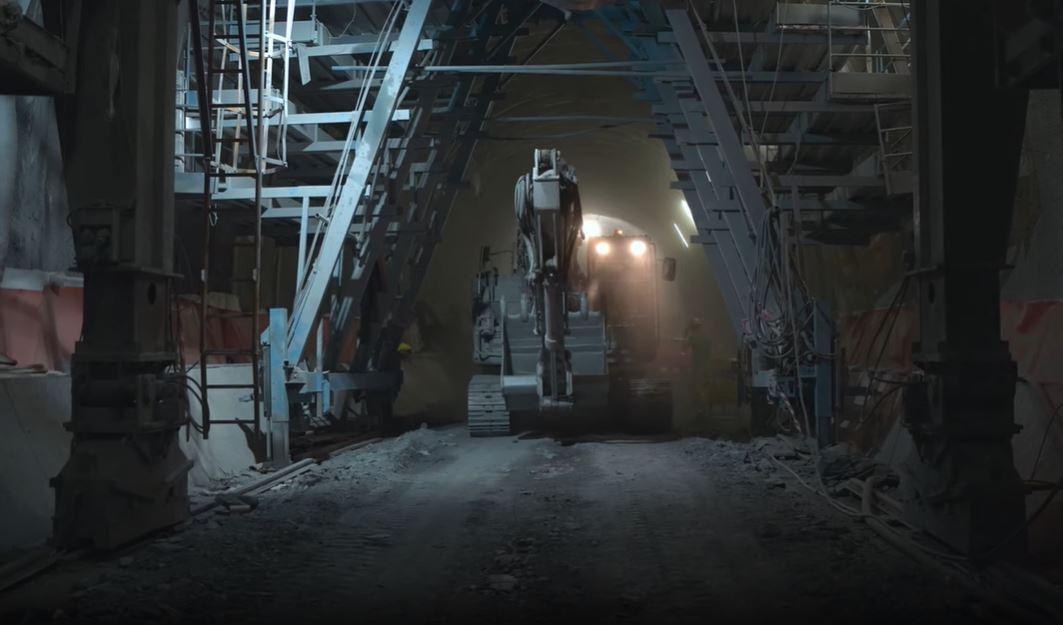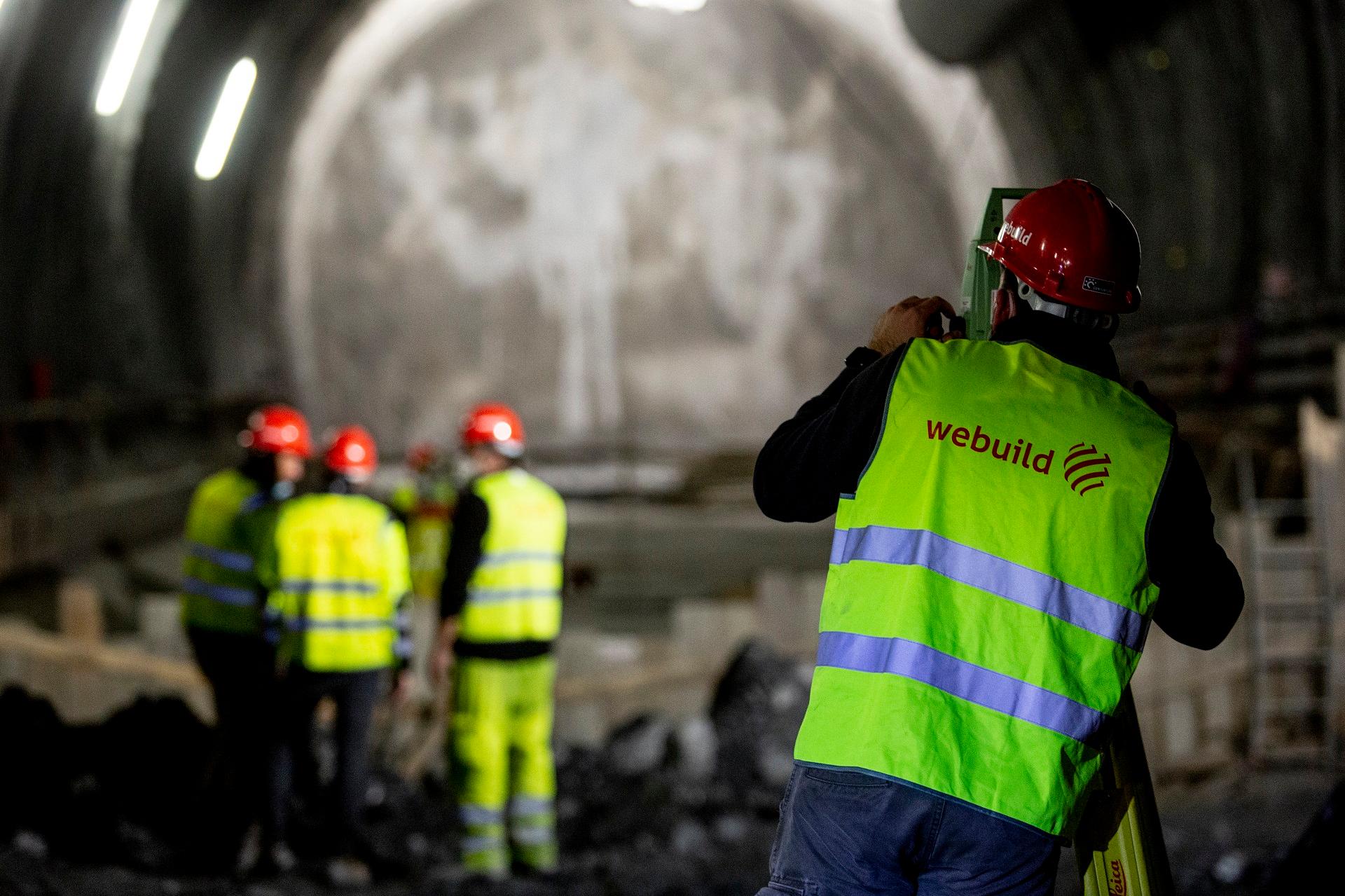The Project
When technical excellence serves citizens
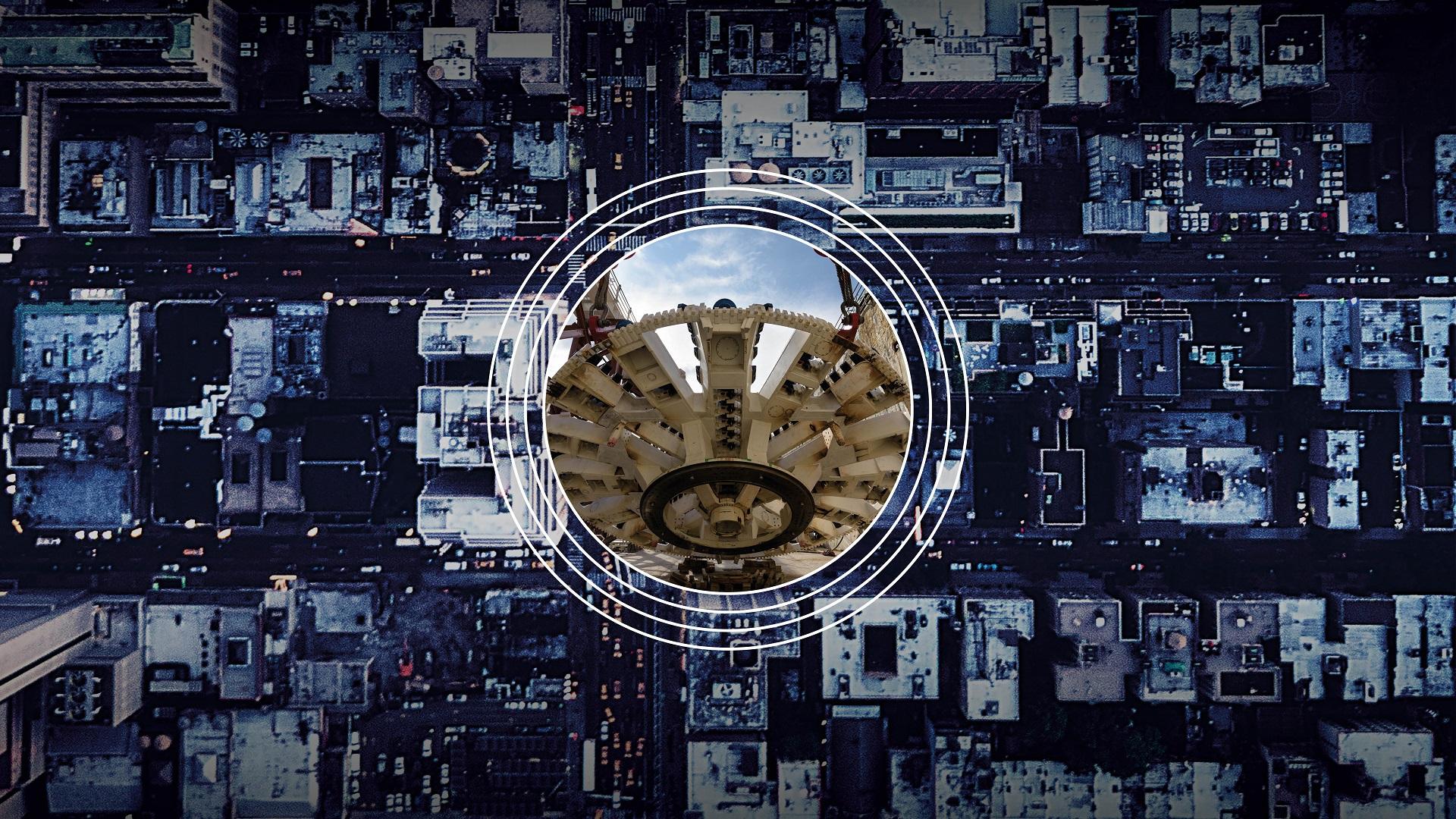
Terzo Valico dei Giovi - Genova Junction - One Project: Italy's longest railway tunnel route
The new high-capacity Milan-Genoa line is largely an underground route. Starting from Genoa, the first section, the so-called Valico Tunnel, develops 27 kilometres into the tunnel, making it Italy's longest underground railway route. In reality, if all the secondary line interconnections are also considered, the project involves building 90 kilometres of tunnels.
As a whole, the line features two twin single-track tunnels, within which the trains can reach a speed of 250 km/h. The new lines will subsequently be connected to the existing ones, through four interconnections: the Voltri Interconnection, the Genoa "Parco Campasso" one, and the Novi Ligure and Tortona ones.
Most of this journey is made underground. That is why the excavations are a central part of the work. Compared to the total 90 kilometers of tunnels built, 32 of these were excavated with TBMs. The remaining 58 using traditional methods. During the excavation phases, the complexity is twofold: on one hand, the use of sophisticated excavation techniques, specific to the geological features of the mountain; on the other, managing the huge volumes of spoil (the loose earth and the rocky fragments from the excavation works).
Therefore, the excavation techniques had to take into account the variable features of the mass which, at least in the Ligurian section, has poor geo-mechanical characteristics, requiring the use of traditional methods (hammer demolition or through explosives) for the high excavation roofs, and not using TBMs. Construction sites were opened along the entire route. They allow for a parallel advancement on over 30 excavation fronts, through 24/7 uninterrupted activity.
Find out more about the Project
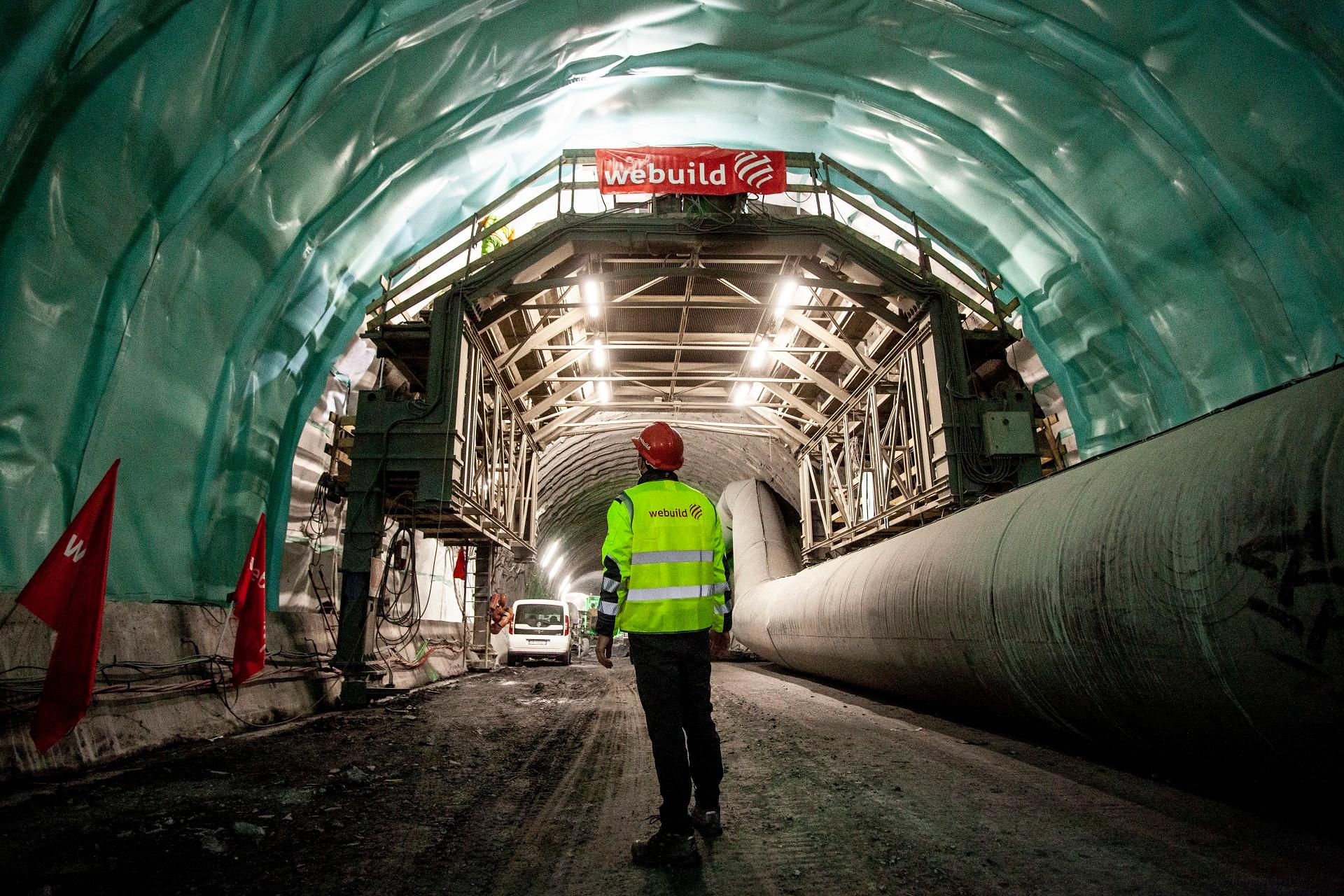

Webcams in the construction site
Terzo Valico Construction works are live. From the construction sites, ten live webcams show the ongoing activities
Terzo Valico dei Giovi - Genova Junction - One Project: Boosting development
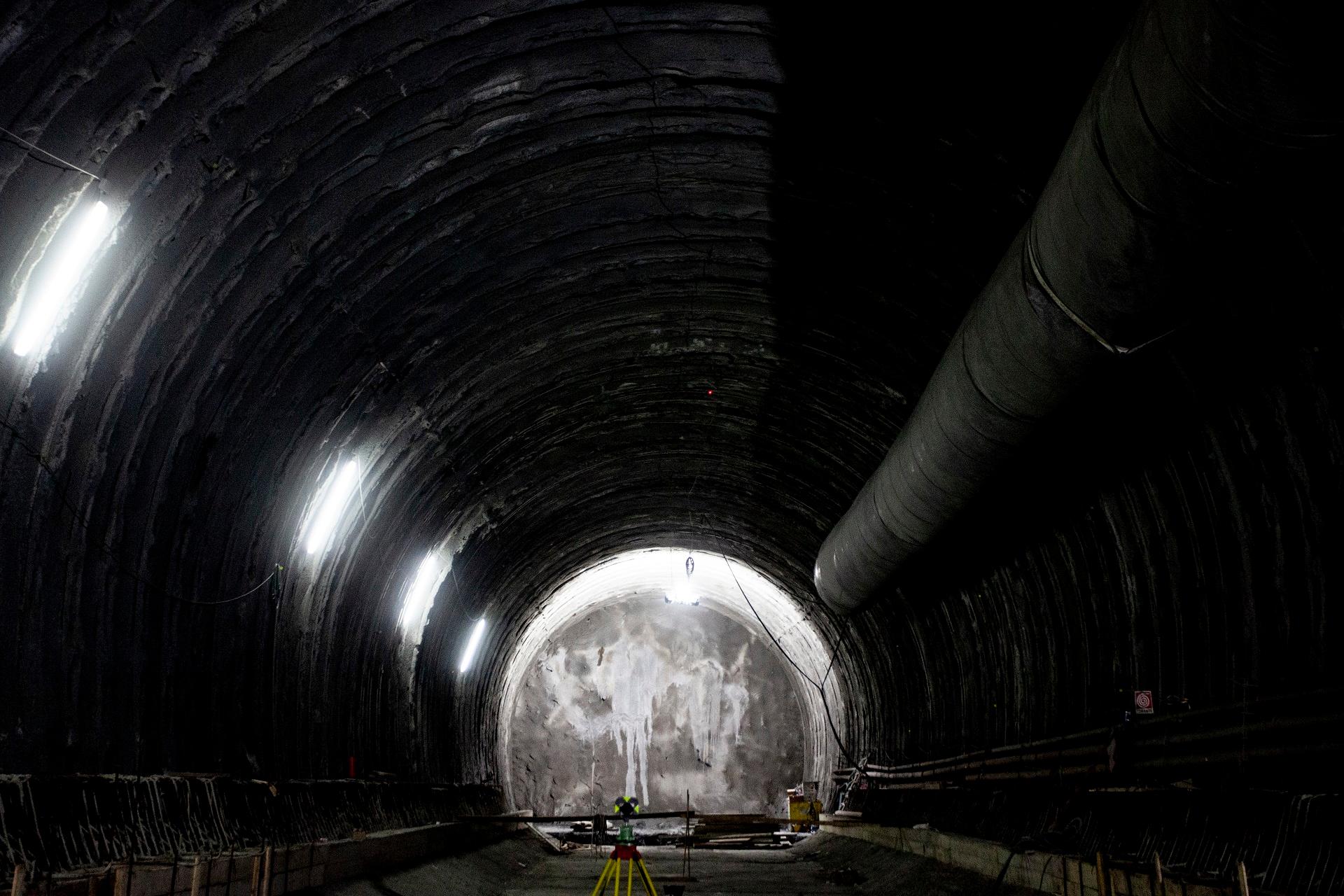
The project's technical data
A fundamental hub to connect the port of the Ligurian capital, Northern Italy and Europe
+ + +
the length of the line
+ + +
the longest rail tunnel in Italy, the Galleria di Valico
+ + +
of tunnels in total
+ + +
design speed
The Genoa railway junction: the last mile of a great project
To perfectly understand the impact and scope of a great work like the Genoa-Milan high-speed high-capacity line project, it is also important to focus on the section that crosses the city, which will connect the work to the port of Genoa. It represents the last mile of the entire project: the Genoa Junction, a strategic accessory to the new High Speed/High Capacity line and a strategic link between the port of the Ligurian capital, Northern Italy and Europe's trade routes.
The Genoa Railway Junction, the project entrusted to the Webuild Group, provides an integration of the existing lines with the new ones, and the adaptation and enhancement of the structures. It aims at separating the traffic flows between long-distance, regional and metropolitan trains. Building the railway junction will mean, in essence, setting up a preferential rail lane for goods that will have to take the "European road", from the port of Genoa, using the high-speed railway tracks of the Terzo Valico.
And just like the Terzo Valico, the Railway Junction will also run mainly underground. The project involves building three natural tunnels: the New San Tomaso with a single track that is 1,500 meters long; the New Cristoforo Colombo that is 1,409 meters long; and the last one, the Polcevera Tunnel, which is 2,167 meters long.
The tunnels will make it possible to "extend" the high-speed line to the heart of the Ligurian capital. On the one hand, city transport will therefore be more efficient and integrated; on the other, it will act as a development lever for the port of Genoa.
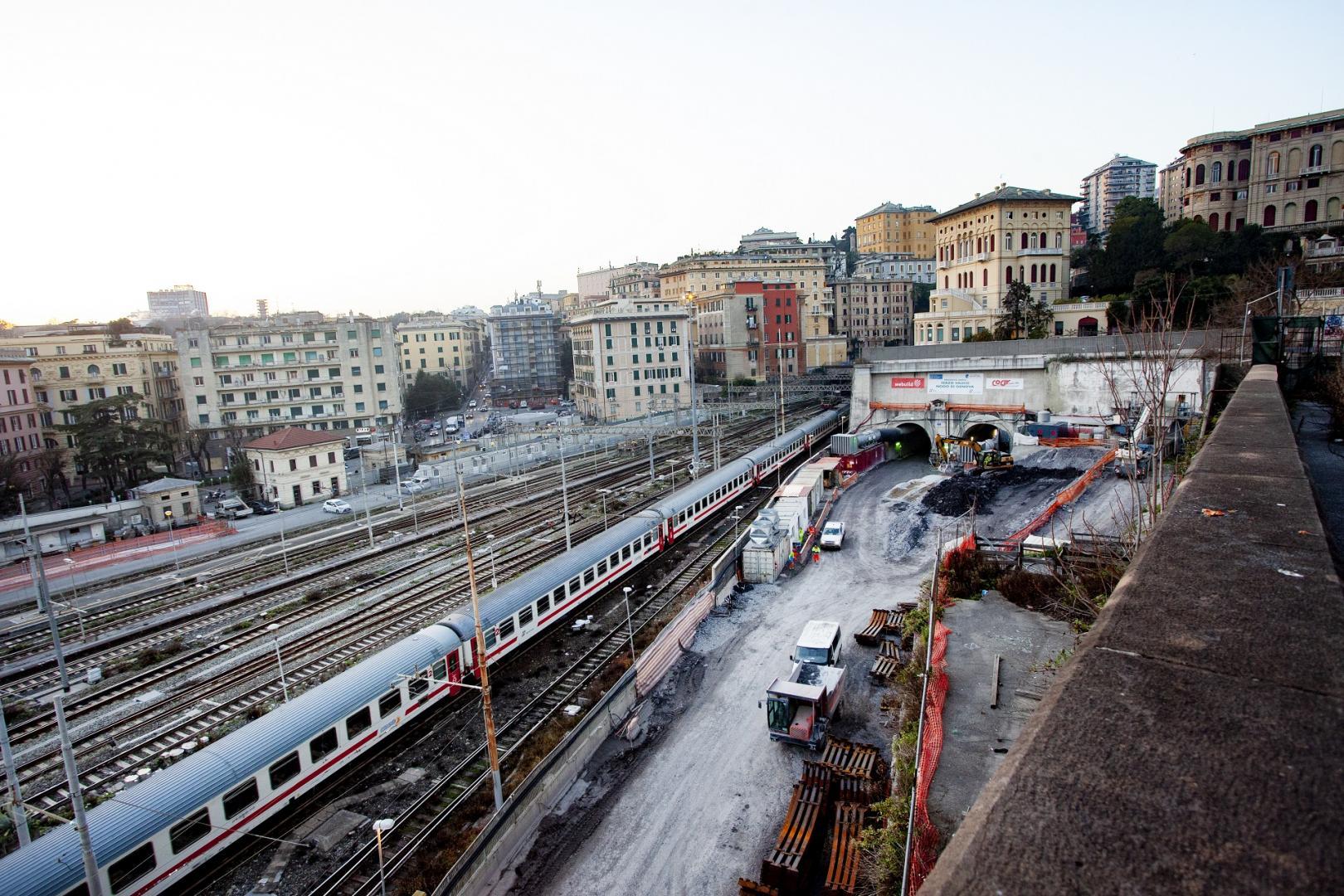

A project that contributes to Italy's sustainable growth
The Terzo Valico dei Giovi - Genova Junction - One Project is a project that pays great attention to sustainability, both in the construction phases and during use. It contributes to significantly reducing CO2 emissions, thanks to the road-rail transport shift.
Smart, sustainable mobility
A bullet train to enhance the sustainable mobility of Northern Italy
+ + +
energy consumption compared to road transport
+ + +
CO2 emissions compared to ship transport
+ + +
travel times compared to transport by ship


